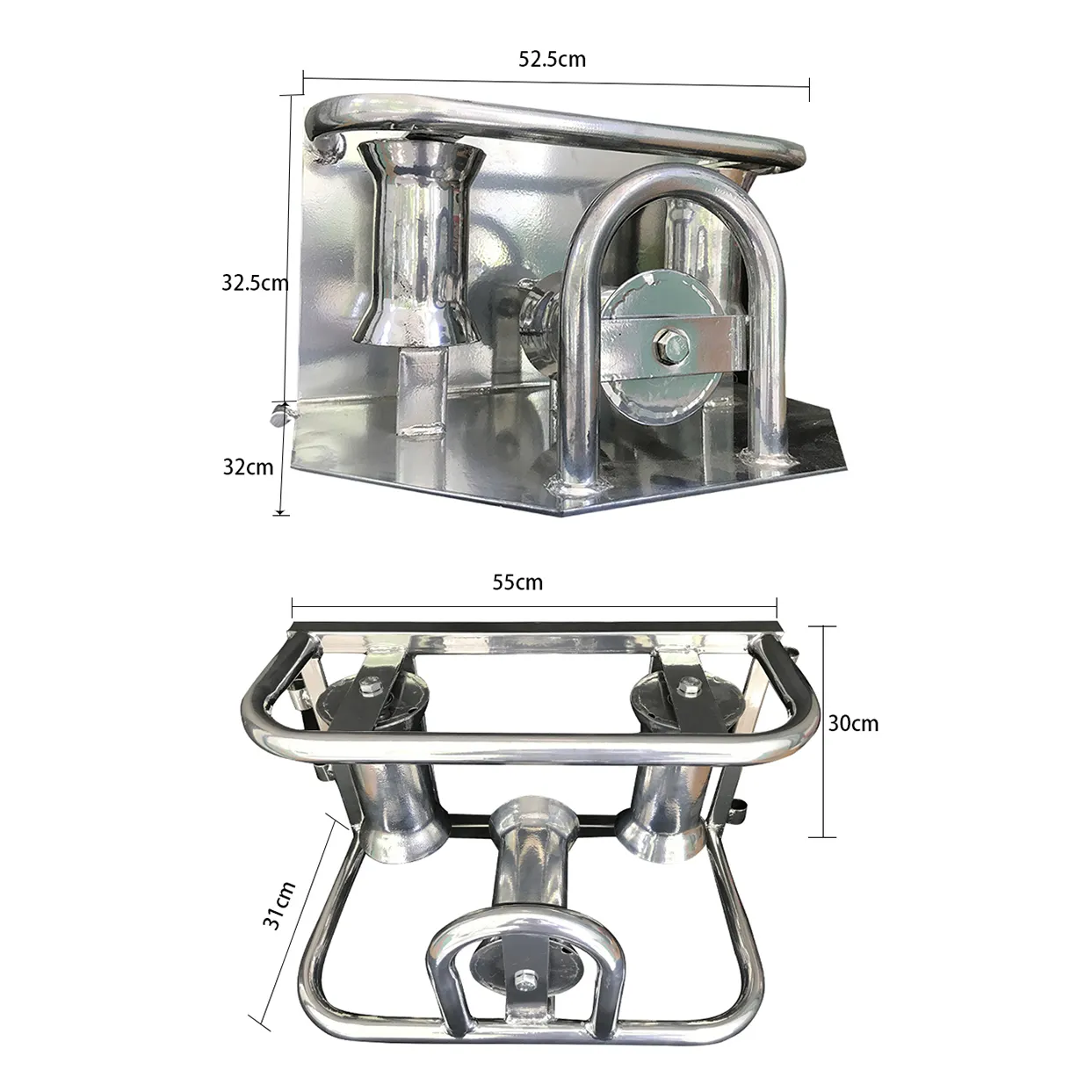
-
 Afrikaans
Afrikaans -
 Albanian
Albanian -
 Amharic
Amharic -
 Arabic
Arabic -
 Armenian
Armenian -
 Azerbaijani
Azerbaijani -
 Basque
Basque -
 Belarusian
Belarusian -
 Bengali
Bengali -
 Bosnian
Bosnian -
 Bulgarian
Bulgarian -
 Catalan
Catalan -
 Cebuano
Cebuano -
 Corsican
Corsican -
 Croatian
Croatian -
 Czech
Czech -
 Danish
Danish -
 Dutch
Dutch -
 English
English -
 Esperanto
Esperanto -
 Estonian
Estonian -
 Finnish
Finnish -
 French
French -
 Frisian
Frisian -
 Galician
Galician -
 Georgian
Georgian -
 German
German -
 Greek
Greek -
 Gujarati
Gujarati -
 Haitian Creole
Haitian Creole -
 hausa
hausa -
 hawaiian
hawaiian -
 Hebrew
Hebrew -
 Hindi
Hindi -
 Miao
Miao -
 Hungarian
Hungarian -
 Icelandic
Icelandic -
 igbo
igbo -
 Indonesian
Indonesian -
 irish
irish -
 Italian
Italian -
 Japanese
Japanese -
 Javanese
Javanese -
 Kannada
Kannada -
 kazakh
kazakh -
 Khmer
Khmer -
 Rwandese
Rwandese -
 Korean
Korean -
 Kurdish
Kurdish -
 Kyrgyz
Kyrgyz -
 Lao
Lao -
 Latin
Latin -
 Latvian
Latvian -
 Lithuanian
Lithuanian -
 Luxembourgish
Luxembourgish -
 Macedonian
Macedonian -
 Malgashi
Malgashi -
 Malay
Malay -
 Malayalam
Malayalam -
 Maltese
Maltese -
 Maori
Maori -
 Marathi
Marathi -
 Mongolian
Mongolian -
 Myanmar
Myanmar -
 Nepali
Nepali -
 Norwegian
Norwegian -
 Norwegian
Norwegian -
 Occitan
Occitan -
 Pashto
Pashto -
 Persian
Persian -
 Polish
Polish -
 Portuguese
Portuguese -
 Punjabi
Punjabi -
 Romanian
Romanian -
 Russian
Russian -
 Samoan
Samoan -
 Scottish Gaelic
Scottish Gaelic -
 Serbian
Serbian -
 Sesotho
Sesotho -
 Shona
Shona -
 Sindhi
Sindhi -
 Sinhala
Sinhala -
 Slovak
Slovak -
 Slovenian
Slovenian -
 Somali
Somali -
 Spanish
Spanish -
 Sundanese
Sundanese -
 Swahili
Swahili -
 Swedish
Swedish -
 Tagalog
Tagalog -
 Tajik
Tajik -
 Tamil
Tamil -
 Tatar
Tatar -
 Telugu
Telugu -
 Thai
Thai -
 Turkish
Turkish -
 Turkmen
Turkmen -
 Ukrainian
Ukrainian -
 Urdu
Urdu -
 Uighur
Uighur -
 Uzbek
Uzbek -
 Vietnamese
Vietnamese -
 Welsh
Welsh -
 Bantu
Bantu -
 Yiddish
Yiddish -
 Yoruba
Yoruba -
 Zulu
Zulu


Nov . 18, 2024 09:48 Back to list
5 Ton Manual Chain Hoist User Guide and Operating Instructions
Understanding the Manual Chain Hoist A Comprehensive Guide to the 5 Ton Model
The manual chain hoist is an essential tool in various industries, renowned for its efficiency, reliability, and versatility. Among the many models available, the 5-ton manual chain hoist stands out for its ability to lift heavy loads safely and effectively. This article will explore the features, uses, and safety considerations associated with this powerful lifting device.
Features of a 5 Ton Manual Chain Hoist
A manual chain hoist is designed to lift heavy loads by means of a hand-operated chain. The 5-ton model typically features a durable steel construction, ensuring long-lasting performance even under demanding conditions. Key components include the hoist body, hand chain, load chain, and safety latch hook. The hoist is equipped with a mechanical brake system, providing further control over the load's descent.
Most 5-ton manual chain hoists have a lifting height that can vary, making them suitable for different applications. Additionally, they are designed to be lightweight and portable, allowing for easy transport and use across various job sites. The efficiency of the manual chain mechanisms allows operators to lift loads with minimal physical effort, which is particularly beneficial in environments where power sources are limited or unavailable.
Applications of the 5 Ton Manual Chain Hoist
The versatility of the 5-ton manual chain hoist makes it suitable for a wide range of applications across diverse industries. In construction, for example, they are commonly used for lifting building materials, machinery, or structural components. In warehouses, these hoists assist in moving heavy pallets or equipment, improving workflow and productivity.
Moreover, manual chain hoists are frequently utilized in maintenance operations, particularly for lifting engines, motors, or machinery for repair and servicing. Their use is also prevalent in theatrical productions, where they help safely lift and position stage equipment and scenery.
Safety Considerations
manual chain hoist 5 ton

While manual chain hoists are reliable tools, safety cannot be overlooked when operating them. Here are several safety measures to consider
1. Load Limits Always ensure that the weight of the load does not exceed the 5-ton capacity of the hoist. Overloading can lead to equipment failure, risking injury and damage.
2. Regular Inspections Conduct regular inspections of the hoist. Check for signs of wear or damage to the chains, hooks, and brake system. Any defective equipment should be immediately taken out of service.
3. Proper Training Only trained personnel should operate the hoist. Operators need to understand the mechanics of the hoist, including load handling and emergency stopping techniques.
4. Clear Working Area Before lifting, ensure that the area beneath the load is clear of personnel and obstacles. This practice minimizes the risk of accidents in the event of a load drop.
5. Use of Personal Protective Equipment (PPE) Operators should wear appropriate PPE, including hard hats and steel-toed boots, to safeguard against potential accidents.
6. Follow Manufacturer Guidelines Adhere to the manufacturer's instructions regarding usage, maintenance, and safety protocols. These guidelines are crucial for safe operation and extending the lifespan of the hoist.
Conclusion
The 5-ton manual chain hoist is a reliable lifting solution across various industries. Its sturdy design, portability, and ease of use make it an invaluable tool in any heavy lifting scenario. However, to ensure safe and efficient operation, it is imperative to follow best practices and regular maintenance procedures. By understanding the features, applications, and safety considerations of the manual chain hoist, users can maximize its potential and mitigate any risks associated with heavy lifting tasks.
Latest news
What Are Construction Tools and How Are They Used?
NewsJul.11,2025
Professional-Grade Duct Rodding Tools for Superior Cable Installation
NewsJul.11,2025
Enhancing Safety and Efficiency with Modern Hot Stick Solutions
NewsJul.11,2025
Empowering Cable Installation with Advanced Rodder Solutions
NewsJul.11,2025
Elevate Your Cable Installation Projects with Cable Pulling Tools
NewsJul.11,2025
Efficient Cable Handling Solutions: Cable Rollers for Sale
NewsJul.11,2025











